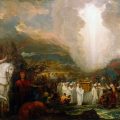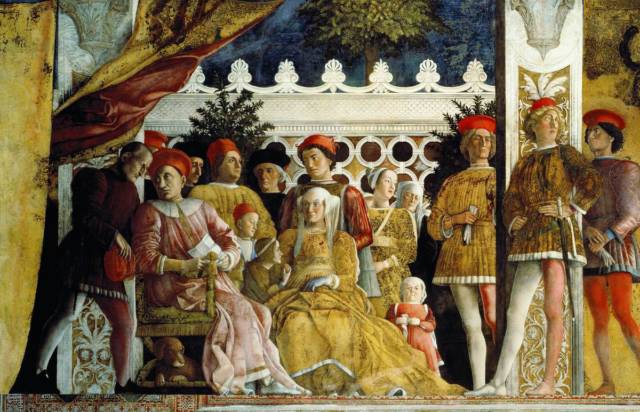Question
Dear Gramps,
I was having a discussion the other day with a non-Mormon friend. She asked me to define the Great Apostasy that occurred in the early church. She specifically wanted to understand time periods and what types of things were considered to be apostasies. Frankly I couldn’t give her an answer and in all my research I haven’t been able to find any clear cut historical data to help me to answer her question. Could you help me with this? Thanks for your help.
Romona
Answer
Dear Romona,
When the church was organized in the Savior’s time it included both general and local priesthood authorities.
And he gave some, apostles; and some, prophets; and some, evangelists; and some, pastors and teachers;
For the perfecting of the saints, for the work of the ministry, for the edifying of the body of Christ:
Till we all come in the unity of the faith, and of the knowledge of the Son of God, unto a perfect man, unto the measure of the stature of the fulness of Christ: (Eph 4:11-13)
The pastors were the bishops, who presided over the local congregations, called Branches. As an example, Paul(who was called by the Savior to be an apostle), and his companion, Timotheus, addressed the saints (members of the church) in Philippi, thus–
Paul and Timotheus, the servants of Jesus Christ, to all the saints in Christ Jesus which are at Philippi, with the bishops and deacons:
Grace be unto you, and peace, from God our Father, and from the Lord Jesus Christ. (Philippians 1:1-2)
The apostles were general priesthood authorities with jurisdiction over the entire church, see Matt 10:1-22. The original twelve apostles were all put to death, with the exception of John, the Beloved, who was banished to the island of Patmos. Bishops could only be called and ordained by the apostles. At the death of the last apostle, general priesthood authority over the church vanished. At this point only local priesthood authority remained in the church, and as the bishops who presided over the branches of the church either died or were killed, the local priesthood authority vanished. At this point the apostasy was complete, as there was no priesthood authority left to preside over the church. However, not only did priesthood authority vanish, but the doctrine of the church, as given by the Savior, was modified and changed, so that the truth was no longer taught.
Paul in Acts 20:28-30, predicts the apostasy which is to come, in the following words—
Take heed therefore unto yourselves, and to all the flock, over the which the Holy Ghost hath made you overseers, to feed the church of God, which he hath purchased with his own blood.
For I know this, that after my departing shall grievous wolves enter in among you, not sparing the flock.
Also of your own selves shall men arise, speaking perverse things, to draw away disciples after them.
Paul expands on this thought in 2 Thessalonians,
Now we beseech you, brethren, by the coming of our Lord Jesus Christ, and by our gathering together unto him,
that ye be not soon shaken in mind, or be troubled, neither by spirit, nor by word, nor by letter as from us, as that the day of Christ is at hand.
Let no man deceive you by any means: for that day shall not come, except there come a falling away first, and that man of sin be revealed, the son of perdition;
who opposeth and exalteth himself above all that is called God, or that is worshipped; so that he as God sitteth in the temple of God, shewing himself that he is God (2 Thessalonians 2:1-4).
With the loss of priesthood authority, and with it the departure of the confirming influence of the Holy Spirit, the doctrine revealed by the Savior was soon altered and changed until the very basic teachings of the Savior were lost. So complete was this apostasy from the doctrine of salvation taught by the Savior that the knowledge of the very nature of God the Father and his only begotten Son, Jesus Christ was perverted and lost. The controversy over the nature of God and Jesus Christ very soon became a great dividing point among the Christians, to the point that the Emperor, Constantine, in the great council at Nicea in 325 AD, adjudicated the controversy, which resulted in the generation of the Roman Catholic Church and the Eastern Orthodox Church.
Gramps







